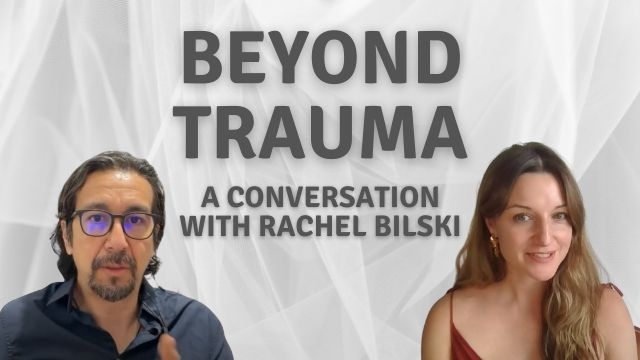The Emotional Brain’s Alarm System
Have you ever found yourself suddenly overwhelmed by fear or panic, acting or freezing in ways that feel irrational—but somehow unstoppable? These moments are often signs of what psychologists call an amygdala hijack.
The amygdala is part of the brain’s limbic system, responsible for detecting threats and triggering emotional responses. When it perceives danger, it can override the more rational, reflective part of the brain—the prefrontal cortex—in milliseconds. This allows for quick survival reactions like fight, flight, or freeze.
Daniel Goleman coined the term “amygdala hijack” to describe this process: a sudden, overwhelming emotional reaction where the thinking brain goes offline. In evolutionary terms, this response kept us alive. But in today’s world, the “danger” might be emotional exposure, public speaking, conflict, or a perceived judgment—not a physical threat.
For people with a history of trauma or chronic stress, this hijack happens more easily. The brain becomes hypervigilant, reacting not to what is, but to what once was. It can’t always tell the difference between a painful memory and the present moment.
What a Hijack Looks and Feels Like
An amygdala hijack is not simply about feeling upset. It is a full-body experience that often includes a racing heart, shortness of breath, tightness in the chest, trembling, and a sense of disorientation. Thoughts may spiral into worst-case scenarios, or shut down entirely. The person may freeze, lash out, cry, or dissociate.
These responses can be bewildering, even shame-inducing, especially when they seem out of proportion to the situation. But they make perfect sense when viewed through the lens of neurobiology. When the brain detects danger, it shuts down all systems not essential for immediate survival—including reasoning, memory retrieval, and verbal expression.
Understanding this mechanism helps to reframe the experience: not as weakness or failure, but as the body’s way of protecting itself.
One real-life example might involve a student who, when called upon unexpectedly in class, suddenly feels panicked and unable to speak. Her heart races, her hands tremble, and later she feels ashamed. What’s happened isn’t a sign of poor preparation; her nervous system has interpreted the moment as a threat to safety.
Calming the Hijack: How to Regain Regulation
The good news is that while we can’t always prevent an amygdala hijack, we can learn to recognize and interrupt it. The first step is to name it. Simply recognizing internally, “This is an amygdala hijack, this is not me but a part of me that is triggered and is fearful” this helps engage the prefrontal cortex, the brain’s center for awareness and language. This moment of recognition begins to return agency to the person.
Next, it’s essential to regulate the body before trying to “think your way out.” Breathing is one of the most effective tools. Slow, deliberate breaths with a longer exhale signal safety to the nervous system. A common pattern is to inhale for four seconds, hold for four, and exhale for six. This small physiological shift can begin to counteract the cascade of stress hormones.
Grounding practices also help. These include pressing your feet into the floor, noticing physical sensations like texture and temperature, or naming objects in your environment to anchor you in the present.
Some therapeutic methods, such as Hakomi, use gentle internal statements—called “probes”—to explore and soothe the inner experience. These might include phrases like “It’s safe to feel this,” or “I don’t have to hide.” These are not affirmations but invitations to observe the body’s response in a mindful state, revealing deeper beliefs and somatic patterns.
In many cases, repeated hijacks are not about the present moment at all, but about unresolved emotional injuries. For example, a person may panic not because their current partner is actually rejecting them, but because a similar tone or behavior echoes a childhood memory of abandonment. Therapeutic approaches like Internal Family Systems (IFS), Somatic Experiencing, and trauma-informed mindfulness practices aim to heal these deeper wounds by working directly with the body and emotional memory—not just the mind.
Lastly, it’s important to be aware of common mistakes. Trying to reason yourself out of panic rarely works while the hijack is active. Suppressing the emotion or criticizing yourself for it only adds another layer of stress. Instead, offer reassurance, wait for the wave to pass, and then reflect gently afterward.
As one becomes more skilled at recognizing the signs and applying tools in real time, the nervous system gradually learns a new pattern: safety is possible, and fear does not always require immediate action. This is how regulation is rebuilt—from the body up, not from the top down.
Understanding the amygdala hijack is not just about neuroscience—it’s about compassion. When you realize that your brain is trying to protect you, even when it overreacts, you can begin to meet yourself with less judgment and more curiosity. Fear is not a flaw. It’s a signal. And with awareness and practice, you can learn to respond instead of react.







